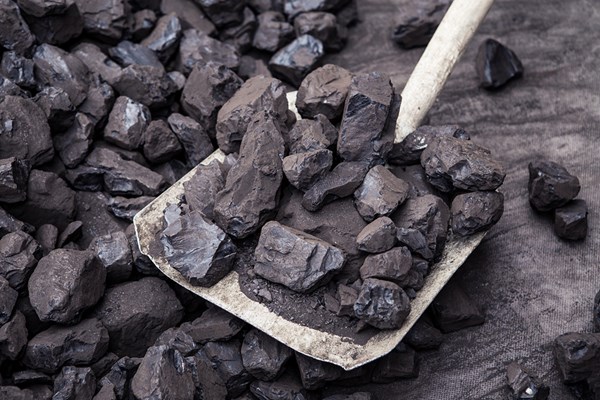Natural Resources and Mines Minister Dr Anthony Lynham today announced a three-pronged attack to:
- prevent new cases of coal workers' pneumoconiosis
- identify existing cases early
- provide a safety net for workers with the disease.
Representatives of employers, unions and doctors joined Dr Lynham recently to detail coordinated action on the re-emergence of the disease. Eleven Queensland miners have been diagnosed with the disease, which is caused by long-term exposure to high concentrations of coal dust.
"Every worker has a right to go to work and return home to their family, safe and healthy." Dr Lynham said.
"This has not happened for our underground coal workers, and that's not good enough.
"The measures that employers, unions, government and doctors have now developed together, with Monash University and international expertise, will deliver the best-practice prevention, monitoring and screening system that our miners deserve."
The three key action areas are:
1. prevention, including stricter dust management and publishing dust levels regularly.
2. early detection through better screening– with strong support from the state's underground coal mine companies and doctors.
"A miner with the first stages of coal workers' pneumoconiosis may have no symptoms, but should not continue to work in a dusty environment, so the disease doesn't progress," Dr Lynham said.
"Early detection through an effective screening program is critical to protecting the current workforce."
All underground coal mines are offering their workers new checks on current x-rays or fresh x-rays if the x-ray was taken more than two years ago. All new x-rays will be checked twice - by an
Australian radiologist and, as an interim measure, by US-based accredited x-ray readers until local radiologists undergo further training to the international standard.
Intensive training will be developed for the general practitioners who conduct the health assessments coal miners undergo regularly. There will also be a focus on the lung function tests that miners do as part of their health assessments.
Miners' medical data will be captured and stored digitally and doctors will be required to report cases to government.
Dr Lynham said he would also continue to lobby the Federal Government to establish a national screening program that includes retired coal miners.
3. safety net for miners with coal workers' pneumoconiosis.
Miners diagnosed with coal workers' pneumoconiosis - including retired miners – can rely on the workers' compensation safety net, available via WorkCover Queensland or their employer's own insurance scheme.
Dr Lynham said the plan outlined today addressed key areas of concern identified by an independent Monash university review, released today, and by stakeholders. It continues the work he announced in a five-point action plan in January.
"As I have said previously, increased focus on this issue was always expected to result in further workers being diagnosed," he said.
"The review checked 257 long-term coal workers' X-rays, and of those, 18 miners have been recommended to undergo extra tests.
"My Department of Natural Resources and Mines is making contact with these miners' medical advisers so the doctors can advise the miners to have a further test.
"I urge any coal mine worker who has concerns about their health to talk to their general practitioner."


